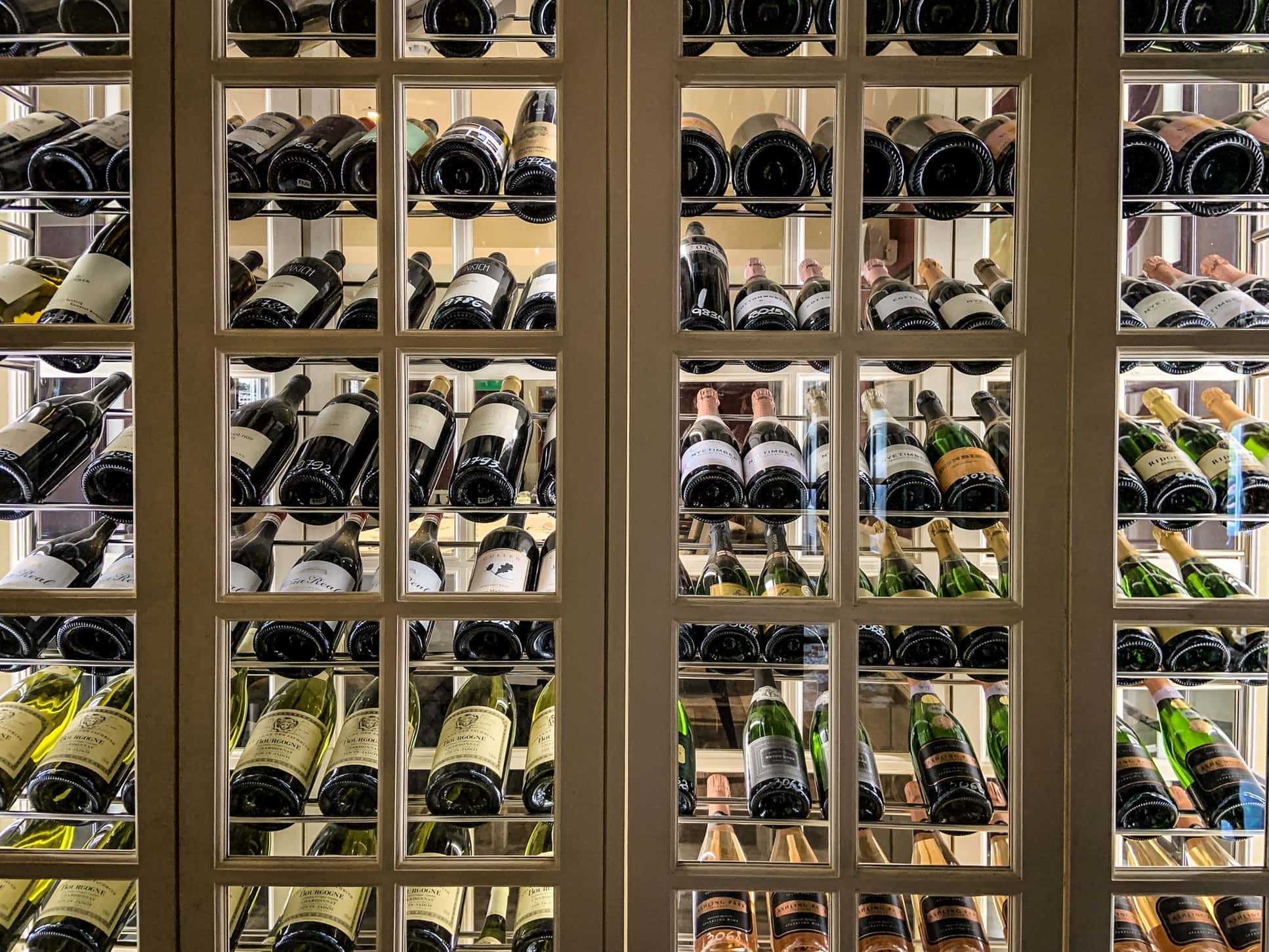
Are you a wine enthusiast looking to preserve the quality of your prized collection? Look no further! In this article, we will explore the best way to store wine at home and provide you with some top tips to ensure that your bottles maintain their optimum quality. Whether you have a small bar or a dedicated cellar, these tips will help you create the perfect conditions for your wine, allowing you to savor every sip. So, gather your corkscrews and get ready to elevate your wine storage game to a whole new level!
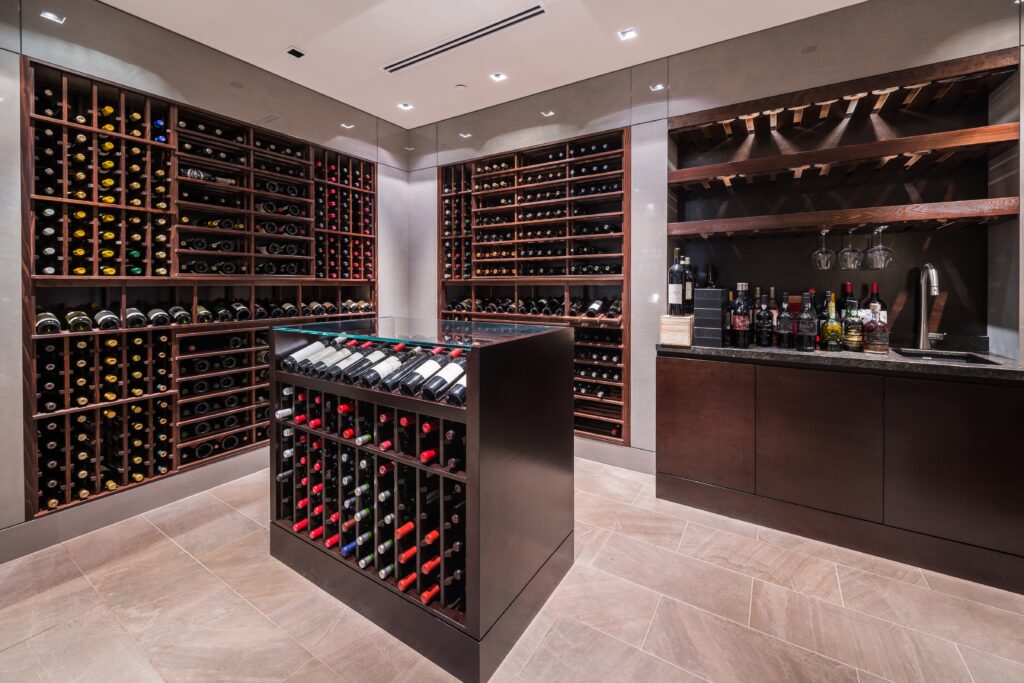
Choosing the Right Storage Location
When it comes to storing wine at home, one of the first things you need to consider is the storage location. This is crucial because the environment in which your wine is stored can significantly impact its quality and taste. There are several factors to keep in mind when choosing the right storage location, including temperature control, avoiding direct sunlight, minimizing vibrations, and regulating humidity.
Temperature Control
Maintaining the proper temperature is of utmost importance when it comes to storing wine. The ideal temperature for wine storage is between 45 and 65 degrees Fahrenheit (7 to 18 degrees Celsius). Any temperature above or below this range can negatively affect the wine. Higher temperatures can cause the wine to age rapidly, while lower temperatures can halt the aging and development process.
Avoiding Direct Sunlight
Another factor to consider is the impact of sunlight on wine. Direct exposure to sunlight can cause premature aging and spoilage of the wine. Ultraviolet (UV) rays in sunlight can degrade the wine and alter its flavors. It is best to store your wine in a dark or dimly lit area to protect it from harmful UV rays.
Minimizing Vibrations
You may not realize it, but vibrations can have a detrimental effect on wine. Constant shaking or movement can disturb the sediment in the bottle and affect the aging process. It is advisable to store your wine in a location where vibrations are minimized. Avoid areas near appliances or heavy traffic areas that may cause vibrations.
Regulating Humidity
Humidity levels are also important to consider when storing wine. The ideal humidity range for wine storage is between 50% and 75%. High humidity can lead to mold growth and label damage, while low humidity can dry the cork, allowing air to enter the bottle and spoil the wine. It is crucial to regulate humidity levels to maintain the quality and integrity of your wine.
Selecting the Ideal Temperature
Understanding the optimal temperature for wine storage is crucial for maintaining its quality over time. As mentioned earlier, the ideal temperature range is between 45 and 65 degrees Fahrenheit (7 to 18 degrees Celsius). However, it is important to note that consistency is key when it comes to temperature.
Avoiding Extreme Fluctuations
Extreme temperature fluctuations, such as rapid heating and cooling, can negatively impact the wine. This can cause the wine to expand and contract, potentially leading to leakage and spoilage. It is essential to choose a storage location that offers stability in temperature to ensure the wine remains in optimal condition.
Consistency is Key
Consistency in temperature is crucial for the aging potential of wine. Fluctuations can disrupt the aging process and alter the wine’s flavors and characteristics. By maintaining a consistent temperature within the recommended range, you ensure the wine ages gracefully and develops its full potential.
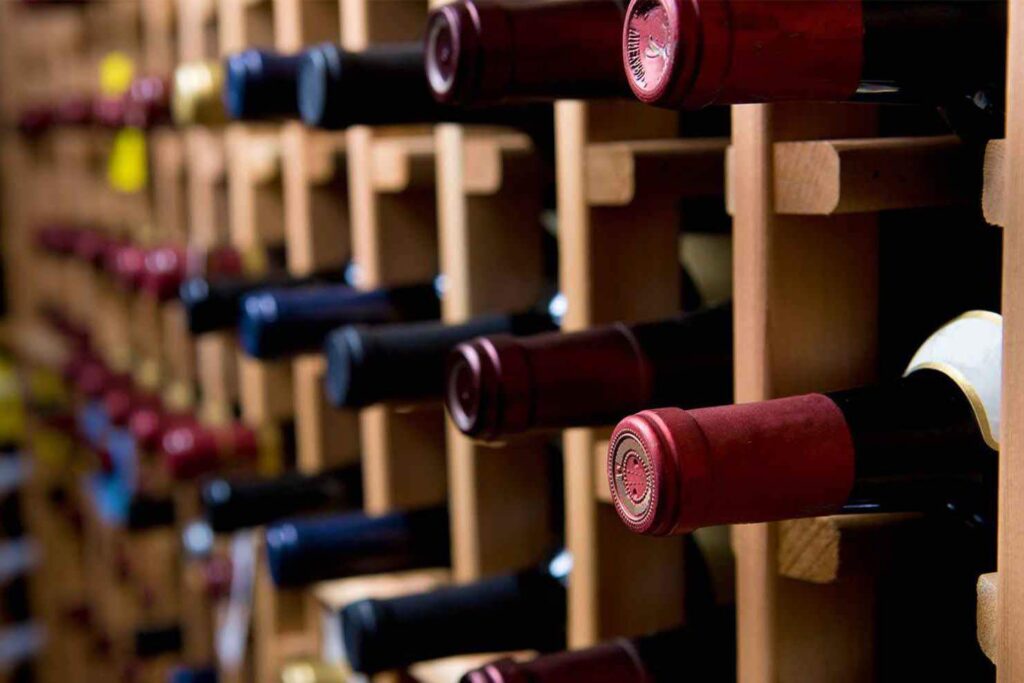
Managing Light Exposure
The impact of sunlight on wine cannot be underestimated. Sunlight, especially ultraviolet (UV) rays, can degrade the wine and negatively impact its flavors and aromas. Properly managing light exposure is essential for preserving the quality of your wine.
Using UV-Protected Bottles
One way to protect your wine from sunlight is to store it in UV-protected bottles. These bottles are specifically designed to block out harmful UV rays, providing an additional layer of protection for your wine. However, even with UV-protected bottles, it is still advisable to store your wine in a dark or dimly lit area to minimize light exposure.
Dark Storage Solutions
If UV-protected bottles are not an option, storing your wine in a dark environment is essential. This can be a dedicated wine cellar, a basement, or a closet away from windows. By minimizing light exposure, you can preserve the wine’s flavors and prevent premature aging.
Controlling Humidity Levels
Humidity plays a vital role in wine storage. Both high and low humidity levels can have detrimental effects on the wine. Managing humidity levels is crucial to maintain the quality and integrity of your wine collection.
Effects of High Humidity
High humidity can lead to mold growth on the wine labels and packaging, making it difficult to identify and track your collection. Mold can also compromise the integrity of the cork, leading to spoilage. It is essential to keep humidity levels in check to avoid these issues.
Avoiding Excessive Moisture
On the other hand, excessive moisture can cause the cork to swell, allowing air to enter the bottle and spoil the wine. It can also lead to label damage, making it challenging to identify and organize your collection. Using a dehumidifier or moisture-absorbing agents can help regulate humidity levels and prevent these problems.
Preventing Cork Damage
Maintaining the right humidity levels is crucial for preserving the quality of the cork. Dry conditions can cause the cork to dry out and shrink, potentially allowing air to enter the bottle. Conversely, high humidity can cause the cork to swell and compromise its integrity. By controlling humidity levels within the recommended range, you can ensure the cork remains in good condition, preserving the wine’s quality.
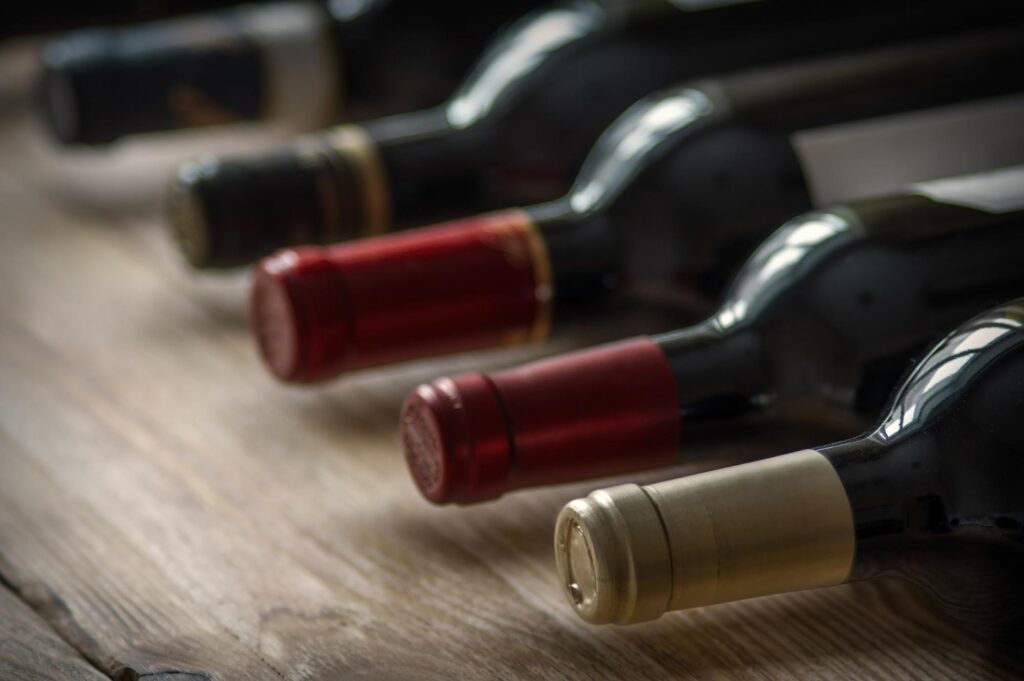
Storing Wine Bottles Horizontally
Storing wine bottles horizontally is a fundamental practice in wine storage. It offers several benefits, including preserving cork moisture and preventing sediment accumulation.
Benefits of Horizontal Storage
Storing wine bottles horizontally ensures that the cork remains in contact with the wine. This helps to keep the cork moist and prevents it from drying out. A dry cork can shrink and allow air to enter the bottle, compromising the quality of the wine.
Preserving Cork Moisture
Maintaining proper cork moisture is essential for preventing oxidation and ensuring the wine remains sealed. Storing wine bottles horizontally is an effective way to achieve this. By keeping the cork moist, you ensure the wine ages properly and retains its flavor and aroma.
Preventing Sediment Accumulation
Many wines naturally develop sediment as they age. Storing wine bottles horizontally allows the sediment to settle at the bottom of the bottle. This helps to prevent the sediment from being disturbed when the wine is poured, ensuring a clear and visually appealing pour.
Avoiding Temperature Fluctuations
Temperature fluctuations can have a significant impact on the quality and aging potential of wine. It is essential to understand how temperature affects wine and take steps to avoid fluctuating conditions.
Temperature and Bottle Expansion
When wine is exposed to higher temperatures, the liquid inside tends to expand. This expansion can cause the cork to push out slightly, potentially leading to leakage and spoilage. It is important to store your wine in a location where temperature fluctuations are minimal to prevent bottle expansion.
Consistency and Aging Potential
Consistency in temperature is crucial for the aging potential of wine. Fluctuating temperatures can disrupt the aging process and prevent the wine from developing complex flavors and aromas. By maintaining a stable temperature within the ideal range, you promote the proper aging and maturation of the wine.
Securing the Right Wine Rack
Choosing the right wine rack is essential for both storage efficiency and aesthetic appeal. Consider factors such as bottle capacity, material, design, and proper placement when selecting a wine rack for your collection.
Considering Bottle Capacity
The size of your wine collection will determine the bottle capacity requirements of your wine rack. Consider the number of bottles you currently have and anticipate future growth. Choosing a wine rack with sufficient capacity ensures you have enough space to store your entire collection without overcrowding.
Material and Design
The material and design of the wine rack play a significant role in maintaining the quality of your wine. Opt for racks made from sturdy materials such as wood or metal to provide stability and durability. Additionally, consider racks with appropriate spacing to prevent bottles from touching and potentially causing damage.
Proper Placement
Ensure that your wine rack is placed in a suitable location within your home. Avoid areas that experience extreme temperature fluctuations, direct sunlight, or excessive vibrations. Finding a cool, dark, and quiet spot for your wine rack will help maintain the quality of your collection and allow for easy access and organization.
Organizing and Labeling Your Collection
Proper organization and labeling are essential for efficiently managing your wine collection. Creating an inventory system, implementing proper labeling techniques, and maintaining records will save you time and effort when searching for a specific bottle.
Creating an Inventory System
Developing an inventory system is crucial for keeping track of your wine collection. Whether you use a spreadsheet, wine inventory software, or a physical notebook, establish a system that works best for you. Include details such as wine name, vintage, region, and location within your storage area.
Proper Labeling Techniques
Properly labeling your wine bottles can greatly facilitate organization and accessibility. Make sure to label each bottle with relevant information, such as the wine’s name, vintage, and producer. You can also use color-coded tags or labels to categorize your collection based on region, varietal, or other preferences.
Maintaining Records
In addition to an inventory system, maintaining records of your wine collection is essential. This can include tasting notes, purchase dates, and any additional information relevant to each bottle. Keeping records not only helps you track the aging progression of your wines but also provides valuable information for future reference and selection.
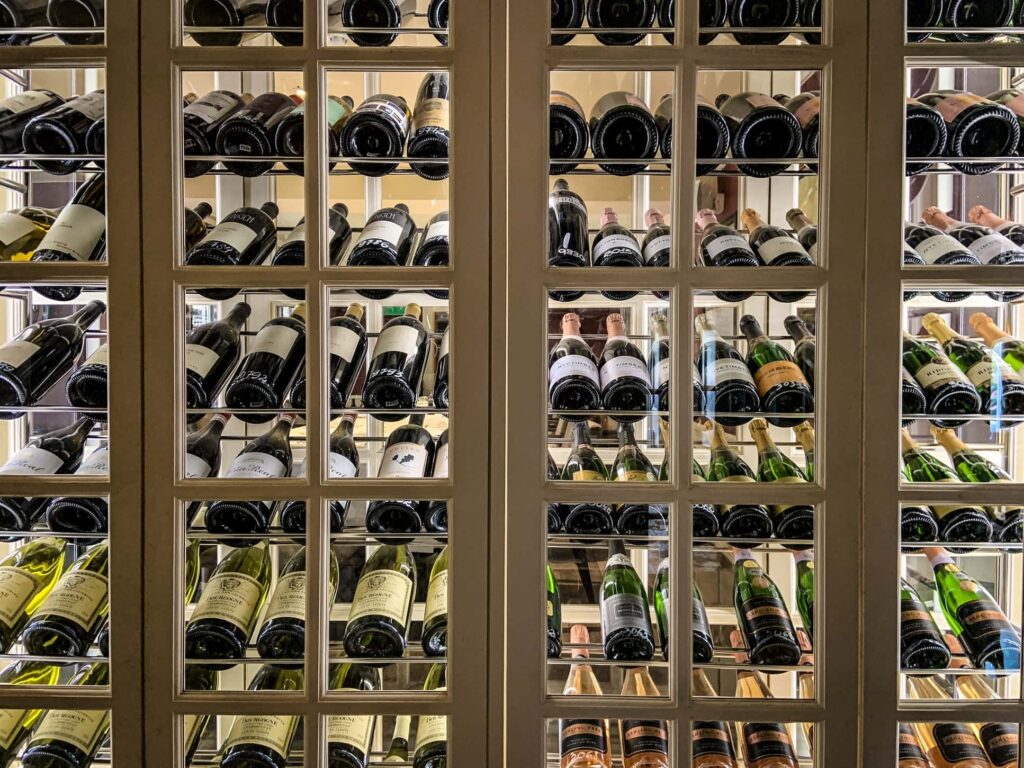
Monitoring and Rotating Your Wine
Regularly checking on your wine collection is essential to ensure its quality and aging potential. This includes monitoring the aging progression and rotating the bottles periodically.
Regularly Check on the Collection
Take the time to inspect your wine collection regularly. Check for any signs of leakage, label damage, or cork deterioration. This allows you to identify any potential issues early on and take appropriate measures to preserve the quality of your wine.
Rotating the Bottles
Rotating your wine bottles is important to prevent sediments from settling and potentially affecting the taste. Gently turning the bottles a quarter-turn every few months helps redistribute the sediments and ensures a more consistent aging process.
Monitoring Aging Progression
Keep an eye on the aging progression of your wines. Some wines have an optimal drinking window, and monitoring the aging process allows you to enjoy them at their best. Tasting the wines periodically can help you determine when they have reached their peak and should be consumed.
Avoiding Strong Odors and Vibrations
Strong smells and vibrations can negatively affect the quality and taste of your wine. Avoiding these factors is essential to preserving the integrity of your collection.
Impact of Vibrations on Wine
Vibrations can disturb the sediments in the bottle and affect the aging process. Avoid storing your wine in areas with excessive vibrations, such as near appliances or in close proximity to high traffic areas. By minimizing vibrations, you ensure that your wine remains undisturbed and maintains its quality.
Storing Away from Strong Smells
Wine is highly sensitive to odors and can easily absorb smells from its surrounding environment. Avoid storing your wine in areas with strong odors, such as the kitchen or pantry. Smells from spices, cleaning products, or other volatile substances can infiltrate the wine, altering its flavors and aromas. Choose a storage location that is odor-free to preserve the purity of your wine.
By following these tips for storing wine at home, you can ensure that your collection remains in optimal condition. Remember to choose the right storage location, maintain the ideal temperature, control light exposure and humidity levels, store the bottles horizontally, avoid temperature fluctuations, secure the appropriate wine rack, organize and label your collection, monitor and rotate your wine, and avoid strong odors and vibrations. Cheers to enjoying your perfectly stored wine!

